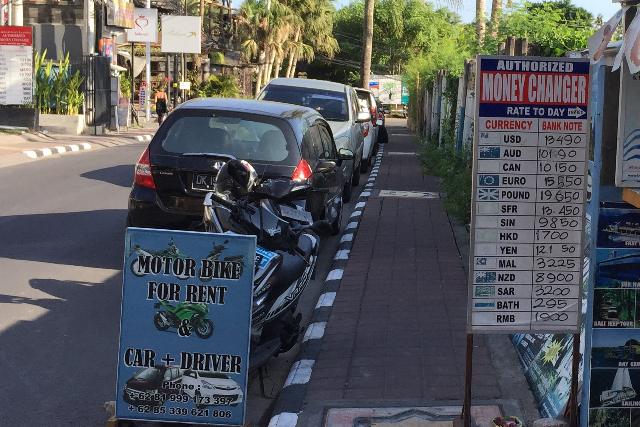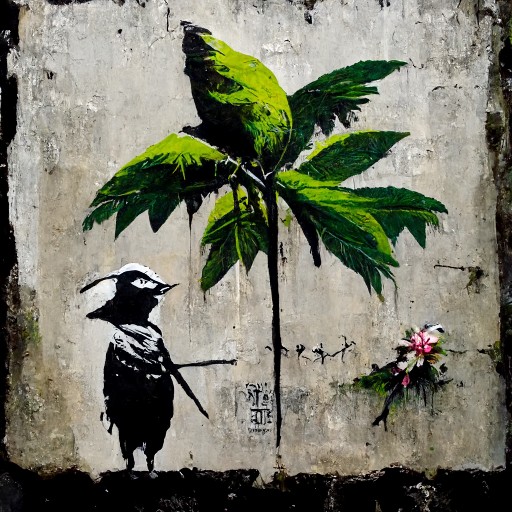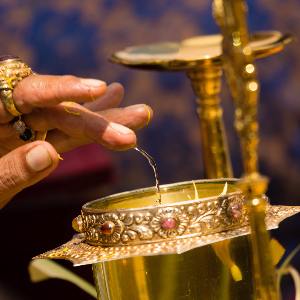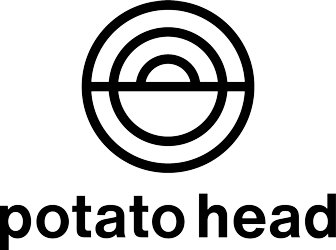No products in the cart.
The Indonesian Rupiah – IDR
Indonesia uses the rupiah (Rp or IDR) as its official currency. Since some of its bills contain a lot of zeroes, it might seem like you have enough money to buy a private island when, in reality, you probably only have enough to buy a couple of local beers.
The official currency symbol is IDR
Exchange Rate and Currency Converter
There are coins with the value of Rp. 50, Rp. 100, Rp. 200, Rp. 500 and Rp. 1,000
Notes are available at Rp. 1,000, Rp. 2,000, Rp. 5,000, Rp. 10,000, Rp. 20,000, Rp. 50,000, and Rp. 100,000,-
If the sum surpasses 100,000,000 IDR, a declaration must be filed. This would be close to $6,664.50 at today’s exchange rate of almost 15000 IDR to 1 USD. If a transfer exceeds 100 million IDR, it must be approved by Bank Indonesia; however, this requirement mostly applies to transactions made outside of Indonesia. (The USD limit is $10,000, and must be reported.)
Handling Cash, Credit cards, ATMs and Money Changers in Bali
Cash
Cash is still a very important form of payment in Bali, particularly in the smaller shops and also when you need to pay for your transportation, or if you need gasoline. The 100,000 bills are the largest bills (ca. USD 7 / AUD 10). It’s useful if you take also some smaller bills with you. Small shops and street sellers might struggle to make change, so 50,000 and 20,000 notes will be needed.
Cash Tips
Be aware that practically all money changers in Indonesia are quite picky about the condition of foreign notes they are willing to accept. If you must bring cash with you, please only bring in brand-new, crisp bills, since any bills that even seem slightly folded will not be accepted by banks and will only be exchanged at a discount by money changers.
- Always carry a bit of cash with you when you leave the “house”.
- When you get to the airport, change some of your cash at one of the official money changers right before you leave the building, or get some money from an ATM.
- Kuta, Legian, Seminyak, Canggu, and Ubud are just a few of the tourist areas where you may locate reliable money changers.
- Keep enough IDR cash with you at all times since the more remote you are, the less likely you are to find a money changer (or a working ATM, or the ability to pay with credit card).
ATM Machines – Getting Cash Easily
Cash may be withdrawn from any of the many ATMs in Bali’s busiest locations using your international debit or credit card or a card from the MAESTRO CIRRUS network. You should bring extra money with you if you want to visit remote locations, such as the north of Bali or Nusa Penida, Ceningan Island.
ATM Tips
- ATMs dispense either 50,000 or 100,000 notes. A sticker will clearly indicate which one.
- Most ATMs in Bali allow a maximum withdrawal of 1,250,000 (50,000 bill machines) to 3,000,000 rupiah (100,000 bill machines) per transaction with a total maximum of 6,000,000 rupiah withdrawal a day.
- Be aware that often machines will hand out the money first before returning your card. Make sure you do not walk away without taking your card!
- Rates and fees will be determined by the financial institution you typically use at home. Before making an ATM withdrawal, you should probably double-check the fees with your bank.
- Check to see if your card can be used overseas and inform your bank of your travel destination, as it has happened on a few occasions that travelers find their cards blocked by their bank as their sudden overseas spending was seen as suspected fraudulent use.
- The most popular ATMs to withdraw money from are Bank Central Asia (BCA), Bank Mandiri, Bank Negara Indonesia (BNI), and Permata Bank. More Commonwealth ATMs are popping up the island in recent years.
- There have been a few cases of digital pad skimming devices found in ATMs. It is always wise to use ATMs placed in banks, shopping malls, shops and places with security camera.
Money Changers & Changing Money in Bali
The money changers in the lobby, entrance or just outside of a major bank are the best option.
- They have security cameras
- They have proper signage
- There in a respectable location
- They give off an air of reliability and trustworthiness

Exchange Rates
If at all possible, you should avoid exchanging currency at “hole in the wall” establishments. Most of them are fine.
- Some con artists will tack on surprise, high-priced charges at the end or use “tricky fingers” when counting your money.
- Use caution and double-check your cash if you must use a “hole in the wall” changer.
- Don’t get distracted, and don’t leave the counter until you’ve counted the money you’ve taken in.
- Check the exchange rate ahead of time so you know what how much money you should get back. It’s possible to haggle in some money exchangers.

How to Exchange Leftover IDR to USD, EURO, AU$, ETC.
If you have any leftover Rupiahs (IDR), you can exchange them into other currencies in Bali before boarding your international flight. Popular options include the Australian dollar, Euro, and US dollar. There is no way the exchange rate could be as favorable as it was just after the first exchange. Yet, you would receive a far worse rate if you tried to do the exchange at a bank in your own country (if they exchange it at all)
Credit Cards in Bali (Visa & Master)
Visa and MasterCard are the most accepted credit cards in Bali. Only a few hotels and restaurants do take Amex, Diners Club even less.

Credit card acceptance is widespread in today’s retail establishments, especially in Bali’s high-traffic areas where tourists frequent. However, you shouldn’t rely on your plastic as much as you would in the West. Cash is in many cases the only acceptable way of payment. This is especially true in more out-of-the-way locations, where you will find little use for a credit card.
Most places accept credit cards, but some of the smaller ones, as well as hotels, guesthouses, and home-stays, tack on a 3% surcharge. This is because businesses incur a fee of 2% or more when using credit cards, and vendors will pass along that cost to the consumer.




























